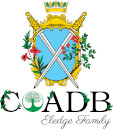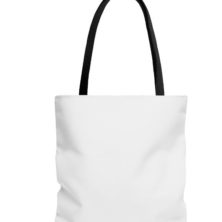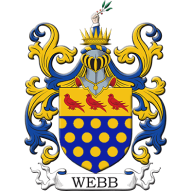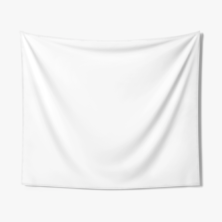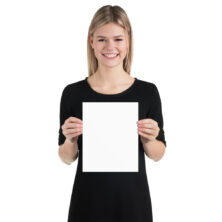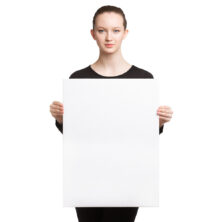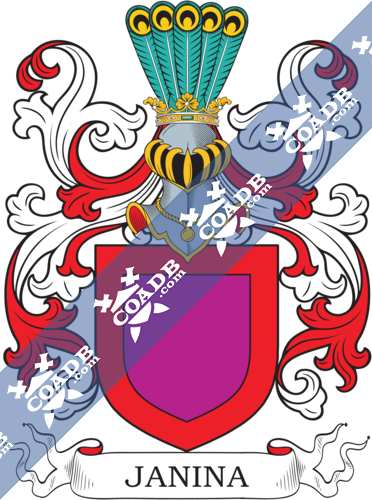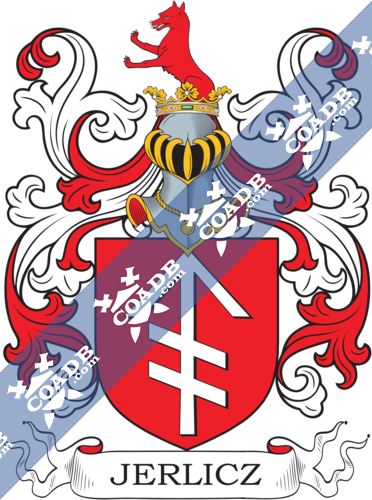Jastrzebiec Family Crest, Coat of Arms and Name History
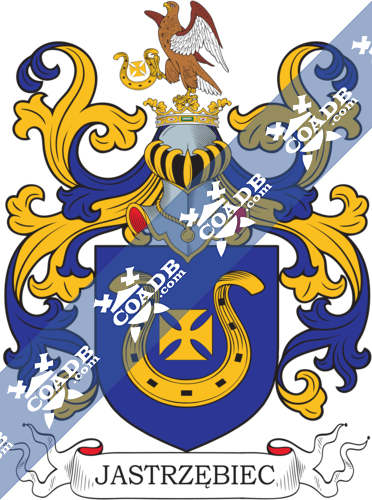
Jastrzebiec Coat of Arms Gallery
Don’t know which Coat of Arms is yours?
We can do a genealogical research. Find out the exact history of your family!
Learn MoreThis section has not yet been completed. If you are interested in having your genealogy done, we offer an affordable research servicethat traces your lineage so you can learn more about your ancestors, where they came from, and who you are.
Blazons & Genealogy Notes
First notation: 1319. War cry (zawołanie): Bolesta, Kamiona, Lubrza, Łazęka, Łazęki, Nagody, Nagora, Nag”ra, Nag”rę or Zarazy! W polu błękitnym podkowa na opak, złota, z takimż krzyżem kawalerskim w środku.
